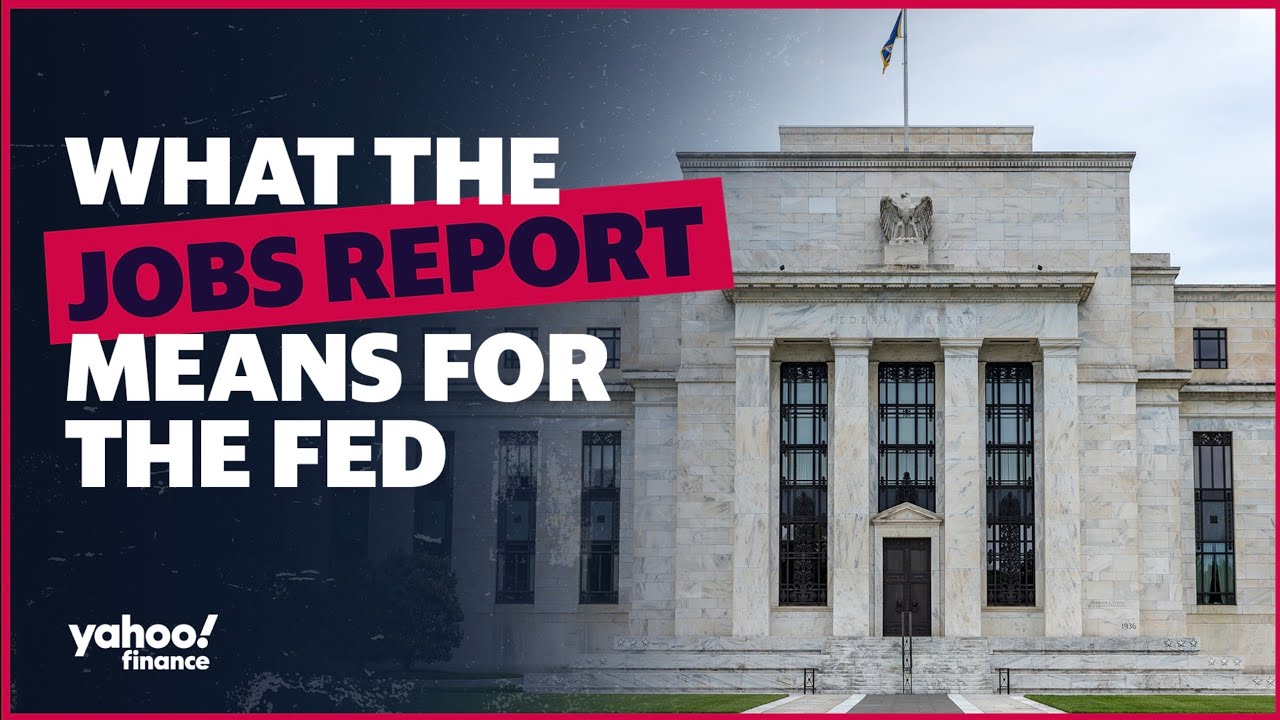Why The March Job Report Matters To The Fed
Unleash Your Creative Genius with MuseMind: Your AI-Powered Content Creation Copilot. Try now! 🚀
The jobs report has come out this morning, revealing a labor market that continues to show resilience, much to the Federal Reserve's dismay. Let's take a step back and delve into why the jobs report matters for the Fed.
The Link Between Job Market and Inflation
The Federal Reserve closely scrutinizes the jobs report because officials believe that the strength of the job market directly impacts inflation. They argue that if the job growth remains too strong, it will lead to higher inflation. This is true both in terms of sheer numbers and wage growth. In response, the Fed will attempt to slow down job growth and bring down inflation by pushing interest rates higher.
To assess inflation, the Fed looks at it from three perspectives. First, there's core goods price inflation, which encompasses the price of basic consumer goods like washing machines. Then, there's shelter inflation, which focuses on prices related to housing. Finally, services inflation, excluding shelter, is closely tied to labor costs. This component has remained persistently high, indicating the need for wage pressures to ease.
Several officials have acknowledged that wages need to grow at a slower pace, aligning more closely with the target inflation rate of two percent. The current jobs report serves as a stark reminder of this, with wage growth now surpassing four percent.
The Relationship Between Inflation and Interest Rates
Inflation is a result of the gap between supply and demand, which in turn leads to wage and price increases. To counter these pressures, the Fed intends to slow demand in order to cool down the job market and restore equilibrium between demand and supply. This has become even more urgent with the stronger-than-expected jobs reports in January and February, which prompted the Fed to raise interest rates by a quarter percentage point in March.
Despite the turmoil in the banking sector, the Fed is even considering another rate hike in its upcoming May meeting. If implemented, this would bring the Fed funds rate to a range of five to five and a quarter percent. Clearly, the Fed will closely analyze the current jobs report and upcoming information to inform their decision.
Different Perspectives on the Jobs Report
It is important to note that there are varying opinions regarding the significance of the jobs report. St. Louis Fed President Bullard, for instance, downplayed the recent drop in job openings, stating that it has not yet provided a significant signal for balancing out supply and demand in the job market. Nonetheless, this report still bears weight, as it underscores the fact that the unemployment rate implies a relatively tight job market.
Conclusion
The jobs report has proven to be a critical factor for the Federal Reserve in assessing the state of the economy and making decisions about interest rates. The Fed closely observes wage growth and job market numbers in order to gauge the impact on inflation. As the recent report reveals higher-than-anticipated wage growth, there is mounting pressure for the Fed to push interest rates higher in an attempt to cool down job growth and alleviate inflationary pressures. However, it is important to remember that opinions may differ about the significance of individual data points within the jobs report. Nonetheless, the report continues to be a valuable tool in evaluating the overall health of the labor market.
